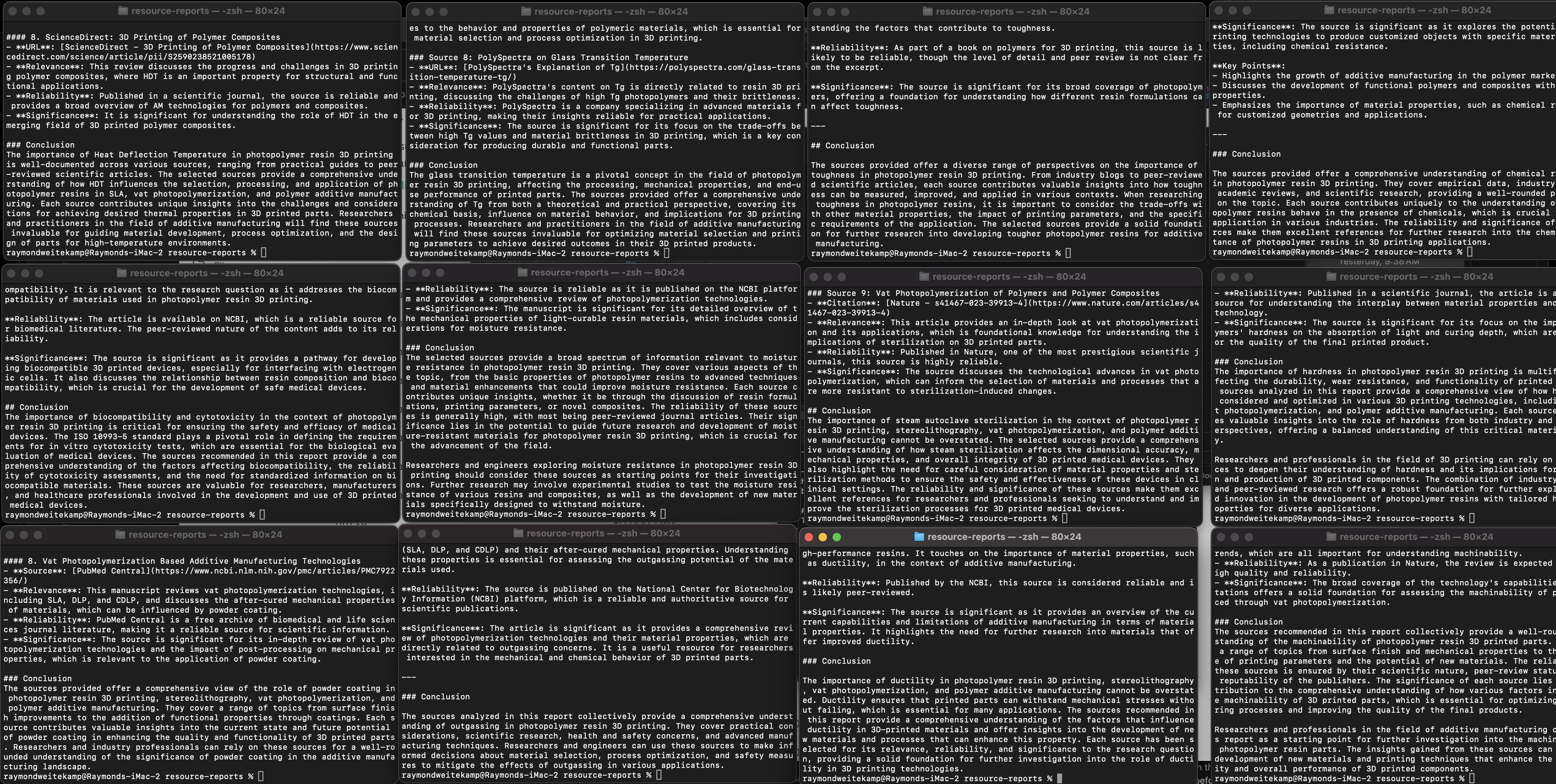I’ve been working on my AI “content machine” for polySpectra. As I wrote before, quantity is very easy, but quality is a challenge.
It is very easy to output nonsense. I have been able to achieve a high throughput of “SEO-optimized nonsense”, but I have been having a hard time getting technical content that isn’t more work to edit than it would have been to just write myself (or write step by step by “holding the AI’s hand”).
I also got “greedy” and was trying to build a system that would go “all the way” from ideas/keywords to fully written articles. This was too ambitious.
So now I’m taking a more modular approach. First building up the foundational concepts and research and structure, which will later serve as the training data for AI-assisted writing. My modular approach also involves a human-in-the-loop at every stage - because nothing is more annoying than propagating errors with AI.
But my eye is on scalability, so I’m making sure that each stage of the process is able to run in parallel, concurrently. In other words, the non-human steps should take the same amount of time for one or one thousand.
My big “it’s alive” moment today was getting GPTResearcher from Tavily to run concurrently:

🧟♂️ It's alive!
This did about 15 reports in about 3 minutes. I haven’t pushed to see when I hit my OpenAI API limit.
As breadcrumbs, here are the “resource reports” that I generated: https://polyspectra.com/tags/resource-reports/. These are not very engaging, nor are they meant to be, but they will serve as the foundation for the next step…
In addition to the human oversight at each step, this modular approach also let’s me mix and match the best tools for the job. Tavily is great for research, but the writing style is pretty rigid, and I don’t feel like re-writing it’s guts. So use it just for the step that it excels at.